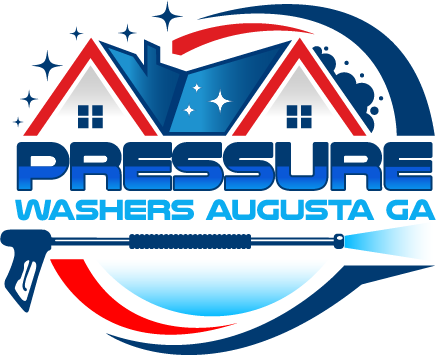- Introduction
Your wooden deck is exposed to various elements that can lead to dirt buildup, mold growth, and discoloration over time. Pressure washing is a highly effective method to rejuvenate your deck’s appearance and extend its lifespan.
- Safety Precautions
Protective Gear: Wear safety goggles, gloves, and appropriate clothing to shield yourself from debris and chemicals.
Pressure Washer Safety: Familiarize yourself with the pressure washer’s manual and safety instructions.
Proper Footwear: Use sturdy, slip-resistant shoes to prevent accidents.
- Gathering the Necessary Equipment
Before you begin, gather the following equipment:
Pressure washer with adjustable pressure settings
Deck cleaner (if preferred)
Safety goggles and gloves
Garden hose
Scrub brush
Broom
Plastic sheeting (optional, to cover nearby plants and surfaces)
- Deck Inspection
Before you start pressure washing, carefully inspect your deck. Look for loose boards, protruding nails, or any signs of damage that may require repairs.
- Clearing the Deck
Remove all furniture, plants, and objects from the deck to create a clear workspace. Sweep away debris and leaves to ensure an unobstructed surface.
- Applying Deck Cleaner
If your deck has stubborn stains or mildew, consider applying a deck cleaner following the manufacturer’s instructions. Allow it to sit for the recommended time before pressure washing.
- Setting Up the Pressure Washer
Attach the appropriate nozzle tip, usually a 25-40-degree spray pattern for deck cleaning.
Connect the pressure washer to a water source and ensure proper water flow.
Test the pressure washer on a small, inconspicuous area of the deck to gauge the pressure settings.
- Pressure Washing the Deck
Start pressure washing from a corner and work your way across the deck, maintaining a consistent distance of 12-18 inches from the wood.
Keep the nozzle moving to prevent any streaks or damage to the wood.
Pay special attention to high-traffic areas, corners, and steps where dirt and grime tend to accumulate.
Follow these tips:
Maintain Consistent Distance: Keep a consistent distance from the wood to prevent damage. Adjust the distance slightly as needed.
Work in Sections: Start at one end of the deck and work in small sections, moving the wand along the wood grain.
Overlap Strokes: Slightly overlap each pass to ensure even cleaning and prevent streaks.
Use Caution on Edges: Be careful around deck edges and corners, as high pressure can gouge the wood.
- Rinsing and Drying
After pressure washing, thoroughly rinse the deck with a garden hose to remove any remaining detergent or debris. Allow the deck to dry completely, typically for 24-48 hours, before further maintenance or treatments.
- Inspecting for Damage
Once the deck is dry, inspect it for any damage, loose boards, or nails that need repair. Address these issues promptly to ensure the deck’s structural integrity.
- Conclusion
Pressure washing your wooden deck is a fundamental part of its maintenance. Regular cleaning not only keeps it looking its best but also extends its life by preventing the buildup of damaging contaminants. Follow these steps to enjoy a clean and well-maintained deck for years to come.
